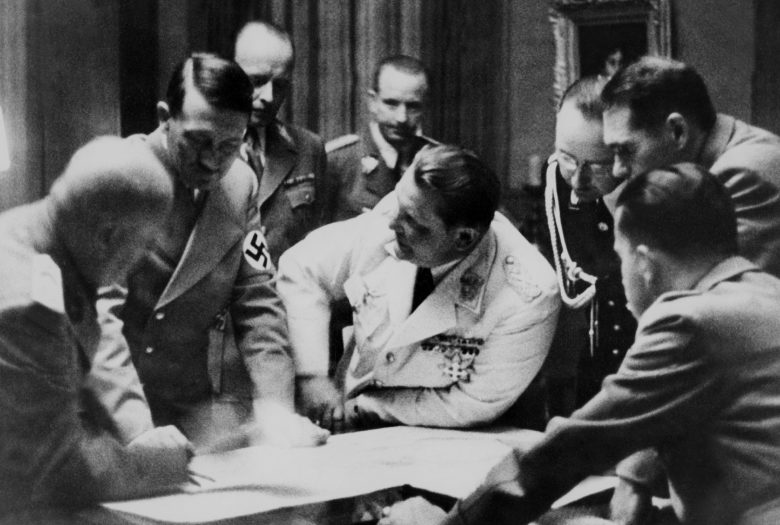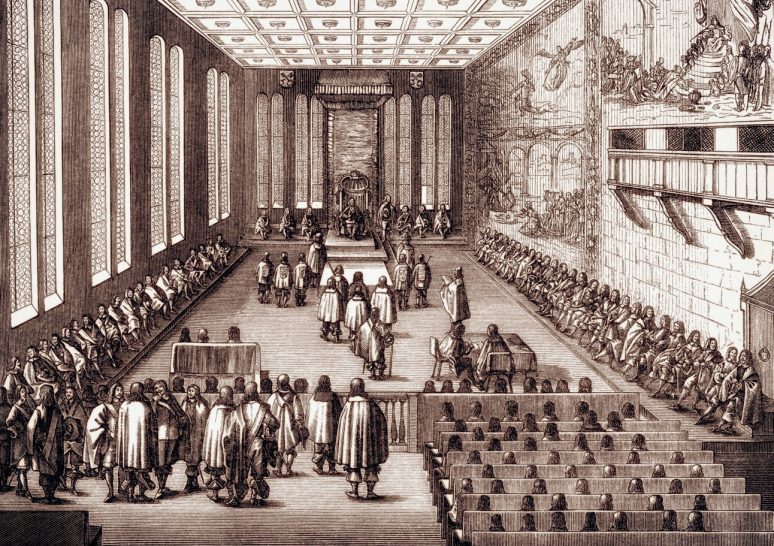
On 7 March 1936, German troops marched into the Rhineland, a territory that they had been forced to leave unoccupied since the end of the First World War, when the terms of the Treaty of Versailles had been imposed on Germany. The Locarno Pact of 1925 confirmed that the area of the Rhineland should remain unoccupied; the purpose of this was to retain a territorial space between France and Germany, thus offering security to France. However, by May 1935, if not earlier, Hitler was proposing a policy of remilitarisation in this area. Why was Hitler so determined to breach the Treaty of Versailles and why did the British and French do nothing to stop Germany’s violation?
The Führer and the Reich chancellor has made the following decision. By reason of the Franco–Russian Alliance, the obligations accepted by Germany and the Locarno Treaty, as far as they apply to Articles 42 and 43 of the Treaty of Versailles, which referred to the demilitarised zone, are to be regarded as obsolete.
Your organisation does not have access to this article.
Sign up today to give your students the edge they need to achieve their best grades with subject expertise
Subscribe




